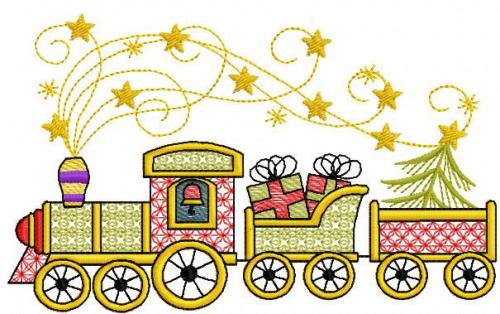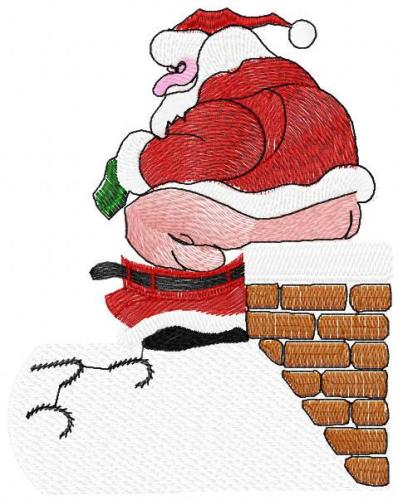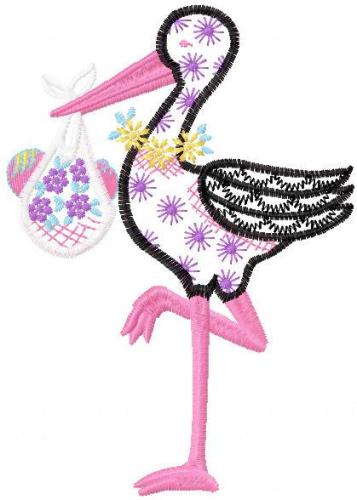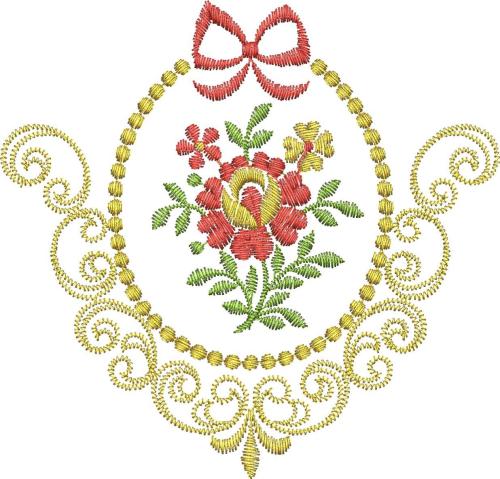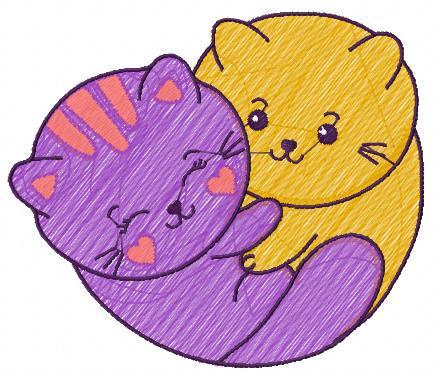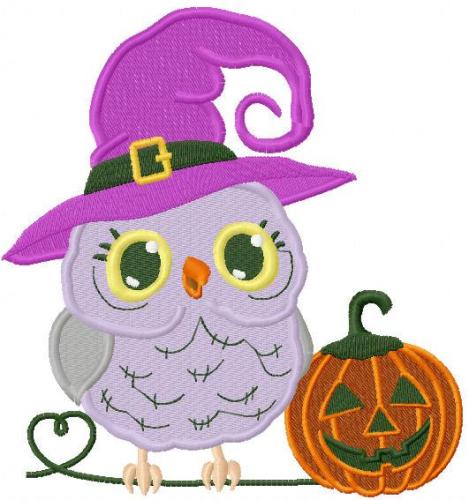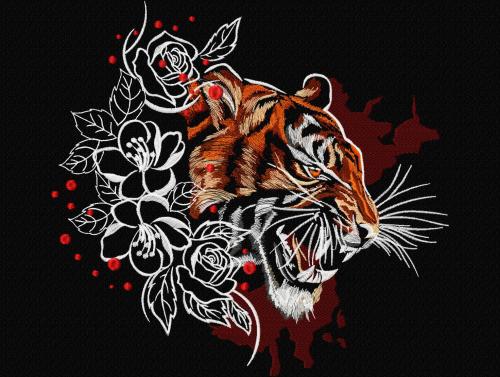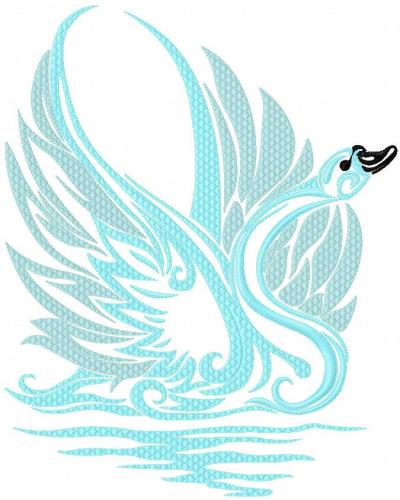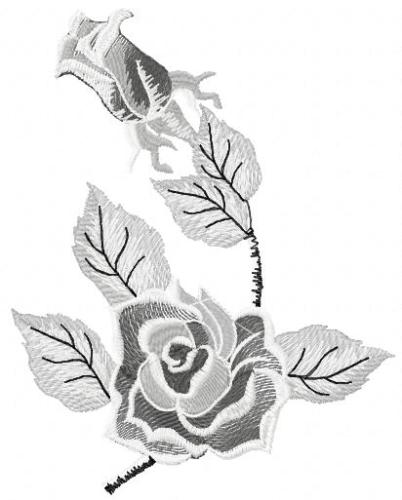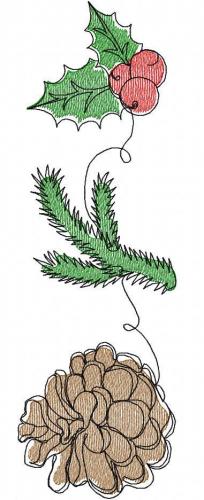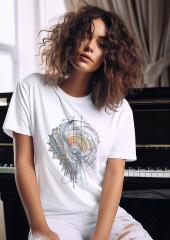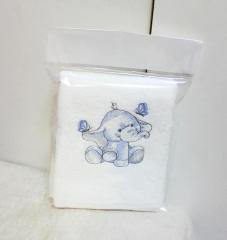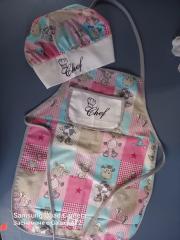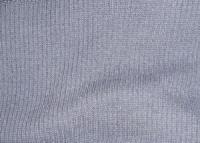
Original text by Marina Belova
Knitwear (french: tricotage) is among the most frequently used fabrics for machine embroidery.
Knits are textiles made by knitting yarns or threads. When comparing woven and knitted fabrics, you can see that the intertwinement of the threads in a knitted fabric is distinct from that of the woven material. As this is what determines the whole process of design creation and embroidery the follows, they will be very different for knits.
Knitted fabric consists of loops that intertwine both lengthwise and crosswise. It is usually more stretchy along the rows of loops than across, but there are knitwear varieties that stretch in both directions. Type of interlocking is defined by the shape, position, and size of the loops, and also by the connection between them. No fabric can rival knitwear in stretchiness and shape retention. Though, there is a kind of knit fabric that stretches little, like a woven fabric.
Knit structure depends on the fiber type, yarn thickness and structure, type of knit, loop length, knit density, and finishing.
There are 3 main groups of knit:
- Plain knit — the simplest weave that is made by identical loops. They are very stretchy.
Plain knits differ from each other by the way of forming the fabric that defines the knitwear properties.
- Derivative knits structure contains several identical basic knits interlocked.
- Fancy knits that are based on plain and derivative knits by changing their structure in order to achieve textured, open-knit or colored patterns.
Knits: main properties
1. Geometrical
- Density
- Loop length
- Thickness — determines the volume. Knitwear thickness is between 0.4 to 5 mm. It is influenced by the thickness of the thread that comprises it, their interweaving and density.
- Mass (weight per 1 m2) depends on the loop length, density and thread thickness. Mass range is quite wide — from 30 to 600 g/m2.
2. Mechanical
- Breaking resistance — the degree of tensile strength
- Stretchiness — the ability of the loops to change their shape under the influence of outer forces.
Depending on stretchiness, all knitwear fabrics are divided into 3 groups:
- the ones that can stretch breadthwise up to 40%
- between 40 and 100%
- over 100%
- Resilience — the ability of the fabric to return to the original shape after being distorted. This is very important when hooping.
- Proneness to unraveling — how easily will the fabric unravel if one of the loops is damaged.
- Creasing property — the ability of the fabric to crease when folded.
- Needle penetration resistance is of extreme importance during the embroidery. The needle separates the yarns in the loops and runs through the fibers. If the knitted fabric is dense and slow-moving, and the needle is thick or sharp, it may damage the fibers that lie in its way. As a result, the loops will slip.
- shrinkage while washing and pressing
- wear resistance
3. Physical properties
- moisture retaining property
- thermal conductivity
If you look into the catalogs issued by the clothing manufacturers, with the clothes intended for transferring pictures or patterns onto them, you can see that there is a huge variety of knits. They all differ in structure, quality, density. There hardly is a universal way of embroidering on all of them.
Before starting the embroidery on knitwear the most crucial thing is to find out which kind you're dealing with, to identify its structure and in what direction it stretches. This will help to choose a proper stabilizer, hoop the garment and create or find a suitable design to embroider on it.
Edited by Irina
-
 1
1

